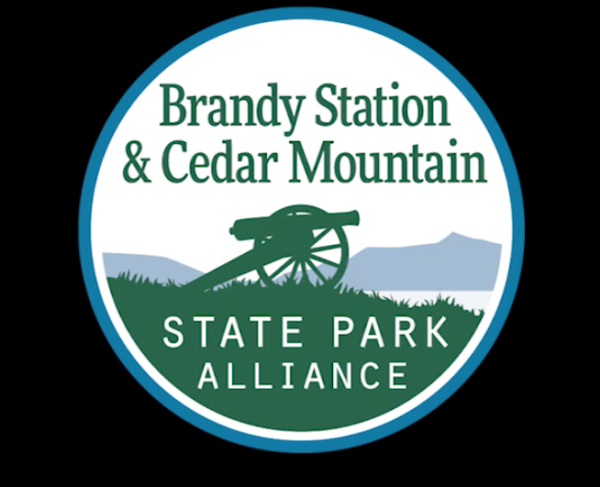(Washington, D.C.) - Advocates of historic preservation have long held that the places where important events unfolded are irreplaceable and felt that these pieces of our heritage are priceless. But thanks to a new study by the Civil War Trust, the nation's largest nonprofit battlefield preservation organization, preservationists have a new tool to demonstrate the tangible economic boost that protected and promoted historic sites can bring to their surrounding communities. The report, titled Blue, Gray & Green, was prepared by The Harbinger Consulting Group, which specializes in regional economic analysis in areas rich with cultural and environmental resources.
"Heritage tourism is a booming business," said Trust president James Lighthizer, "and preservation activities play a huge role in helping it continue to grow. The more there is for visitors to see and do, the longer they will stay in a historic community, increasing the economic impact of their visit."
Blue, Gray & Green marks the Trust's second foray into the economic analysis of preservation. A 2005 study was designed to give community leaders insight into the impact that battlefields could have on their bottom line. Those findings were powerful and helped create a broader base of support for the battlefield preservation cause. Today, in the midst of the increased interest in Civil War history brought about by the sesquicentennial commemoration, what impact do these battlefields continue to show? According to Harbinger Group principal Michele Archie - who took on the daunting task of reviewing academic research, surveying data, collecting anecdotes, analyzing trends and crunching numbers - battlefields pack more of a punch than ever.
"Our findings clearly demonstrate the economic boost generated by Civil War sites in concrete terms," said Archie. "Year-round-and particularly when they host anniversary events-battlefields draw tourists, whose spending supports nearby jobs and contributes tax revenue to state and local coffers. And there is evidence that Civil War sites attract visitors who stay longer and spend more than the typical tourist."
A typical family of four spends about $1,000 during a battlefield visit in categories including lodging, food, shopping, transportation and admissions. Much of this money is spent at local businesses, which reinvest these revenues in the community through payroll, rent, taxes and other expenses, multiplying the impact of tourist outlay. On a larger scale, this means that the 15.8 million visitors to 15 National Park Service Civil War battlefields and historic sites across Missouri, Pennsylvania, South Carolina and Tennessee spin off an annual economic contribution of more than $248 million to local communities, supporting 5,150 jobs.
By examining these trends during the sesquicentennial commemoration, the study was also able to quantify the potential for special events and programming to augment an already-winning formula. Whether a weekend reenactment, or a multi-year travelling exhibit, Blue, Gray & Green helps contextualize the tangible economic benefit that historic communities planning anniversary events can hope to realize. In our current era of tight municipal budgets, this type of data can help communities determine the value of making an investment in sesquicentennial events.
Beyond quantifying the economics of heritage tourism, the report also spells out other significant benefits that battlefields bring to their neighbors. The open space battlefields provide can enhance community vibrancy, making the area a desirable place to live, while boosting nearby property values and creating educational and recreational opportunities for residents of all ages.
A downloadable brochure highlighting key findings of the Blue, Gray & Green report and the full companion technical study, are available on the Civil War Trust website. Learn more at www.civilwar.org/economicimpact.
About the Civil War Trust
The Civil War Trust is the largest nonprofit battlefield preservation organization in the United States. Its mission is to preserve our nation's endangered Civil War battlefields and to promote appreciation of these hallowed grounds. To date, the Trust has preserved more than 35,000 acres of battlefield land in 20 states. Learn more at www.civilwar.org, the home of the Civil War sesquicentennial.
About The Harbinger Consulting Group
The Harbinger Consulting Group provides economic and policy analysis for regions rich with cultural and environmental resources. Harbinger works with businesses, nonprofits, government agencies and community groups to help them protect these assets and leverage them for economic and community benefit. Learn more at www.harbingerconsult.com.

